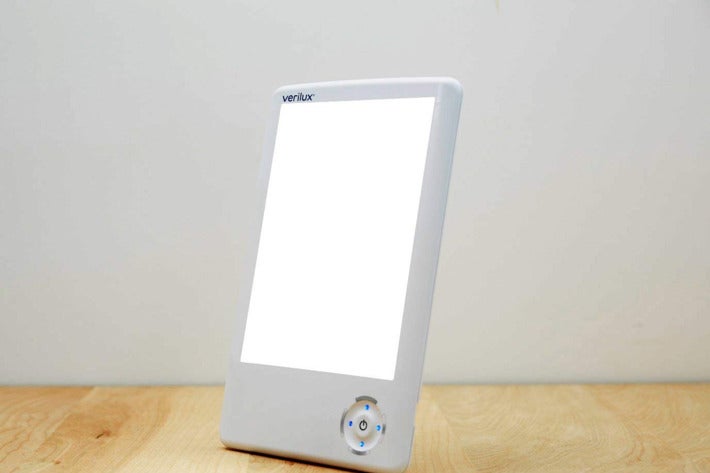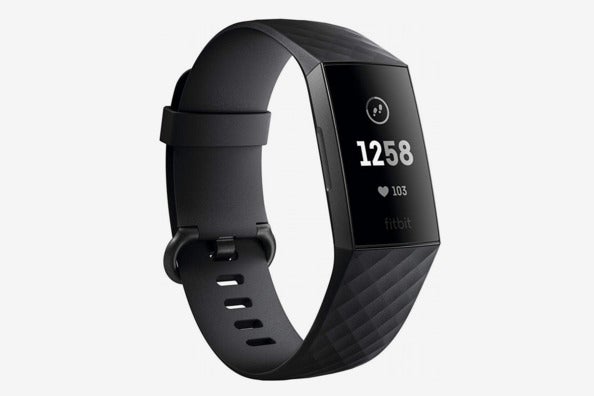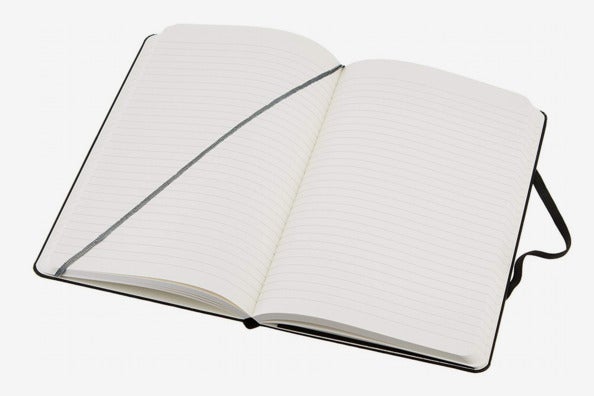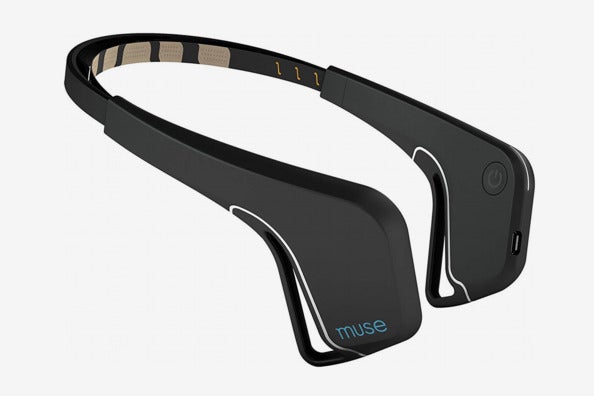There’s now more technology than ever claiming to help you sleep better, from wake-up lights that mimic the sunrise to mattresses that use science to turn body heat into restorative infrared heat, and even so-called meditation headsets that claim to calm you down enough to fall asleep. But if you’re having a hard time falling or staying asleep, just buying up all of these bedroom gadgets isn’t necessarily going to help (and if your problems are chronic, you should really seek assistance from a medical professional, not an app or tech product).
The trick to making this sleep technology work for you is understanding what you’re buying and how to use it correctly. Dr. Matthew Ebben, sleep medicine expert at Weill Cornell Medicine and New York-Presbyterian, compares it to working out: “Just buying a bunch of weights doesn’t put you in good shape, doesn’t build muscle for you. You have to know the proper exercises. You have to do them on a regular basis, and technology for sleep is like that.” We talked to sleep experts to figure out which of the most common types of sleep gadgets can actually help you improve the quality of your sleep and how to use them correctly (along with some low-tech alternatives).
Sleep Trackers
Fitbit Charge 3 Fitness Activity Tracker ($130)
If you feel like you haven’t been getting enough sleep, but otherwise feel okay, it might be helpful to start using a sleep tracker. “A lot of times, these things can be very helpful to make people understand that their problem isn’t that you don’t sleep. It’s you don’t perceive your sleep, or it’s not satisfying,” says Dr. W. Chris Winter, sleep-medicine specialist and neurologist. It’s ostensibly a relatively low-impact way to gain some insight into the number of hours that you sleep, especially when it’s an item like the FitBit, which has a battery life of up to seven days.
Withings/Nokia Sleep Tracking Pad ($100)
Or, if you prefer a sleep tracker that you don’t have to wear, you can try this sleep-tracking pad from Withings (a company owned by Nokia that’s recently undergone some rebranding, hence the somewhat confusing product title). Setup is simple: Just slip this pad underneath your mattress and connect it to the accompanying app. Plus, since you leave it plugged into the wall, you never have to worry about charging it.
AmazonBasics Classic Notebook – Ruled ($10)
Ebben takes a different approach — especially since “we don’t know the accuracy of most of these devices,” as he points out — and recommends keeping a sleep journal or log in a regular, low-tech notebook, especially if you recognize you have a problem. “You keep track of when you thought you got into bed and when you thought you fell asleep and your awakenings during the night, which can be quite helpful when you bring it into a sleep doctor,” he explains. (This is also a good option for those nervous about uploading your biometric data to an unknown server.)
Biofeedback Devices
Muse Headband ($159)
Biofeedback is “a way of converting physiological signals into something you can train,” explains Ebben, and there is some evidence that this kind of mindfulness training can help you sleep better. White describes it simply: “There are some really cool devices you can put around your head that literally measure your brain activity. These devices can literally train your mind to settle down.” Biofeedback devices, like this Muse headband, give audible feedback as your brain’s activity changes; in this case, it’s the literal sound of ocean waves crashing on a beach. “So if you can make the ocean quiet, you are actually settling your mind,” says Winter, who often recommends these devices to professional athletes he works with who get stressed out before big games. “The question is whether these devices are focused on the right frequency of brainwaves,” warns Ebben, and he adds that not everyone can actually learn from this technique — but it can be extremely effective for those who take to it, so it’s worth a shot if you’re trying to find a structured way to calm down at night.
LED Lights
Verilux HappyLight Touch ($210)
Though it’s easy to get overwhelmed by futuristic sleep technology, for a lot of people, getting to sleep more easily is as simple as scheduling night mode on your phone, putting on blue-light-blocking glasses an hour or two before bed, or installing blue-light-free light bulbs for evening use. But exposing yourself to full-spectrum, bright light — occasionally called a SAD lamp— can be especially helpful when you’re trying to reset your circadian rhythm, either because you’re waking up too early or going to bed too late. Ebben says that folks who are delayed, meaning they’re going to bed later and later every night, might benefit from sitting in front of one of these super-bright lights first thing in the morning, to basically halt the production of melatonin, the hormone that makes you sleepy. If you repeat this regularly, “then your circadian rhythms will actually shift, and it’ll be easier to fall asleep and easier to wake up.”
Slate has relationships with various online retailers. If you buy something through our links, Slate may earn an affiliate commission. We update links when possible, but note that deals can expire and all prices are subject to change. All prices were up to date at the time of publication.




